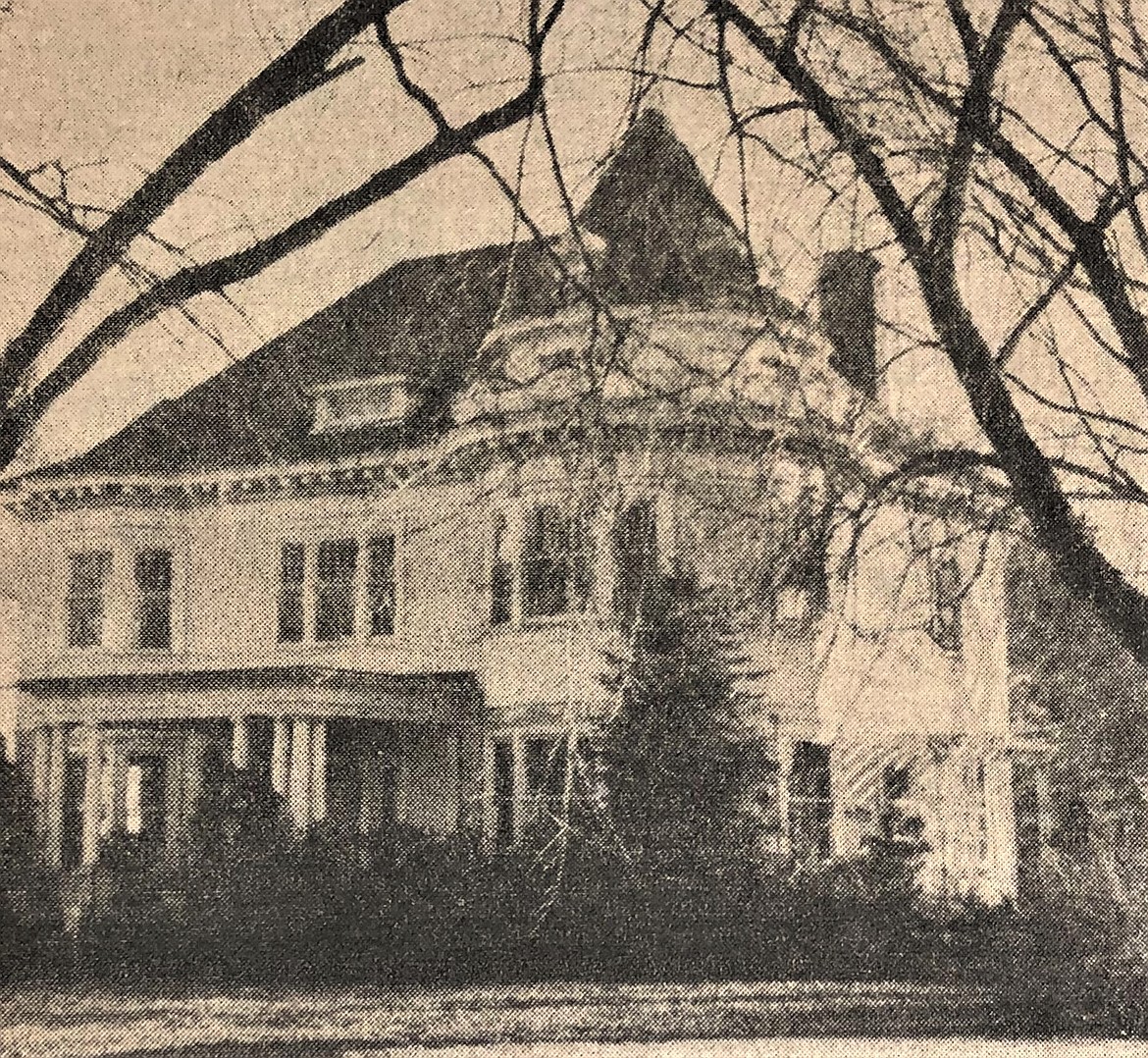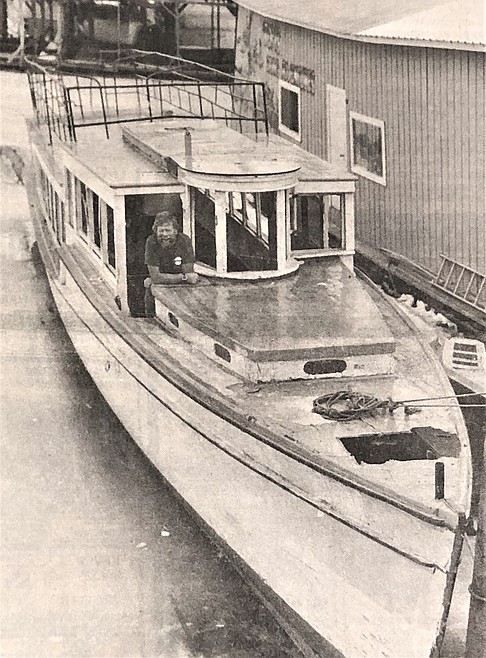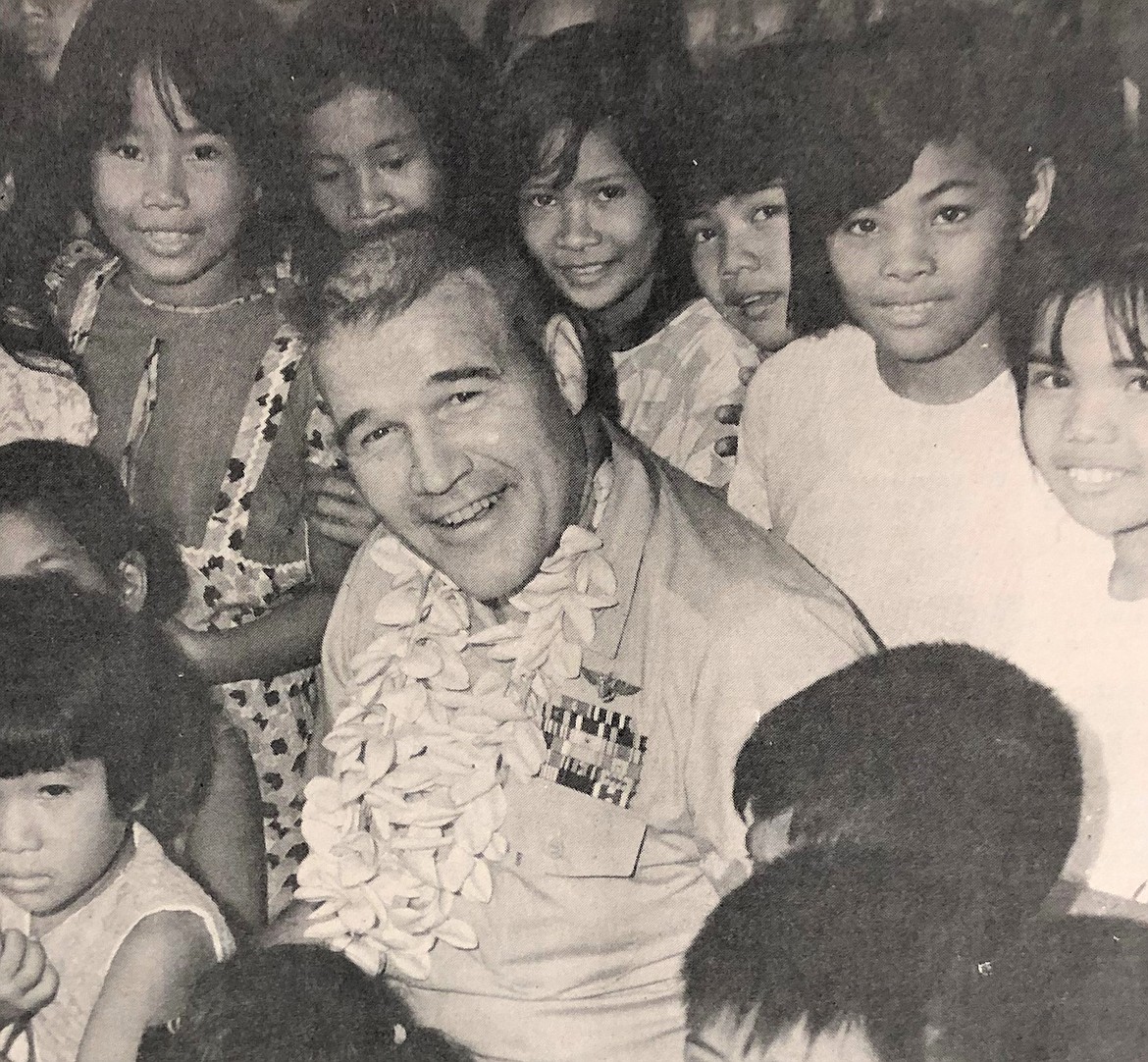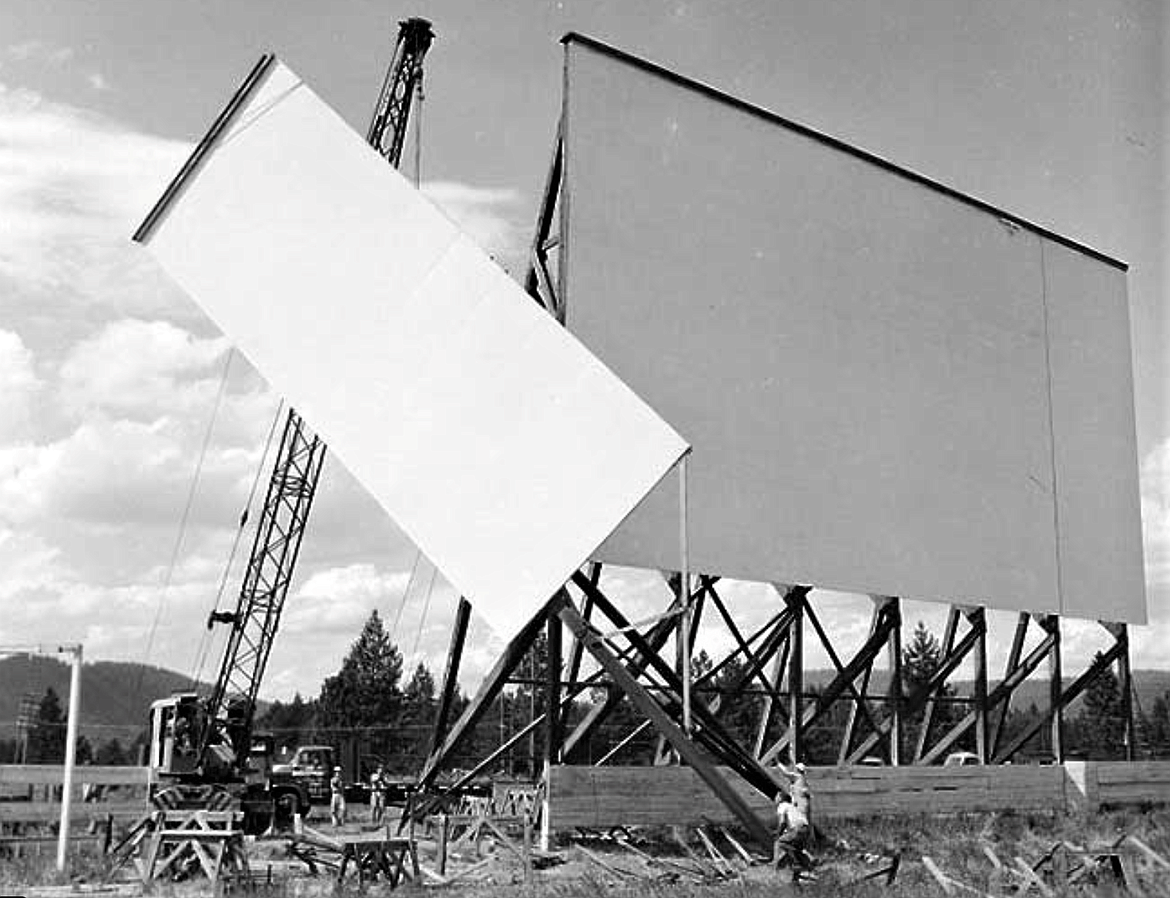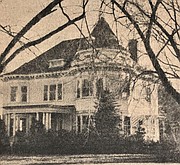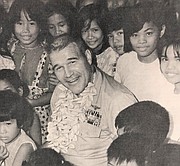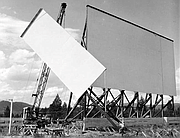Huckleberries
I first saw my future wife 50 years ago at a church Valentine’s banquet.
She was a high school yell leader in the small northern California town of Corning.
I was completing my first year as a sports editor for the Daily News in Red Bluff, 16 miles north on Interstate 5. And I was the guest speaker that evening at her Corning First Baptist Church.
We would marry in that church building two years later.
But that night, at that moment, I was focused on my talk. I was in a church hallway when she came around the corner with a friend, laughing. The two girls couldn’t stop giggling after seeing the youth minister and his wife break a prop bench while posing for a Valentine’s photo.
It wasn’t love at first sight. But I noticed her; green eyes, button nose, curly-brown hair falling over her shoulders, and a smile that reached to her eyes. Months earlier, I had photographed the girls’ basketball team. But didn’t remember her in the front row, again smiling, holding the basketball.
After the banquet, I saw her at sports and church events. Friendship bloomed. Then more.
We married after her first year of college. She thought I was rich. But she learned better. We had only $5 to our names after returning home from our honeymoon and buying groceries. That was 48 years ago.
She left her childhood home to follow me and my crazy career from California to Montana (1977) to Idaho (1982), seven newspapers in three states. We buried our fathers and my mother. Our son was born in Kalispell and my daughter in Coeur d’Alene. We lost another daughter in Lewiston.
Our faith held things together despite the stress of newspapering and life. She cared for our home while I battled deadlines, demanding editors and angry readers. She was my comfort and sounding board during times when I wanted to tell a managing editor or publisher to shove the job.
Above all, that girl I saw a half century ago in the church hallway has become a woman of virtue and uncompromising faith who has loved our children and me unconditionally, someone I trust completely, the greatest blessing of my life.
Before I stepped into that church hallway, I had been praying that my talk would have an impact, as well as for calmness and clarity. But God gave me much more than the right words. He handed me a Valentine that has been mine for five decades — and counting.
‘Gunsmoke’ and Cd'A
“Gunsmoke” was in the Lake City during the 1960s.
In January 1968, Milburn Stone, who played Doc Adams in the long-running popular western, was guest speaker for the annual Idaho Sports Banquet at the old North Shore.
Earlier, in February 1963, developers tore down the magnificent “Rex Koury House” at 816 Sherman Ave., and put up a nondescript, single-story office building.
Koury? He was a renowned organist and Hollywood composer who wrote the popular theme to “Gunsmoke.” And from 1958 to 1962, he was part owner and manager of the KVNI-AM station. His home was a grand, two-story mansion with a distinctive turret, west of the Blackwell House.
From 1924 to 1957, the showplace house had been the home of former mayor O.W. “Foxy” Edmonds and his wife, "Kitty," the maternal grandparents of Duane Hagadone.
A Coeur d’Alene Press writer of long ago described the mansion as “pretentious.” But the erstwhile landmark would be welcome now to offset the cookie-cutter condos lining the east flank of downtown.
See-You-Wana
Coeur d’Alene has a park of sorts that only divers see, about a half mile south of City Beach, resting in 88 feet of water.
In February 1988, diver Tom Michalski sought permission from the Idaho Department of Lands to sink the Seeweewana, the last of the wooden tour boats on Lake Coeur d’Alene.
The Seeweewana, which means “traveling over the water,” was in sorry shape at the time. It was resting in mud and ice — with sheets of paint peeling off dry-rotted planks — next to Tom’s Diving shop, off U.S. 95, south of the Spokane River bridge. The family of the late John Finney had given the old tour boat to Tom after unsuccessfully trying to donate it to the city and the Museum of North Idaho.
And Tom decided to sink it.
“She has grace and dignity,” he told the Press 35 years ago, “And (sinking her) would perpetuate a sense of history, resting with other steamships in the lake.”
Tom did get permission to sink the Seeweewana and did so in late March 1988. Some of you were there, on the Coeur d’Alene Resort boardwalk, to see the spectacle. More later.
Huckleberries
• Poet’s Corner: A schooner of Pabst,/a tumbler of wine,/a Slim Jim to share — please say you’ll be mine — The Bard of Sherman Avenue (“North Idaho Valentine”).
• Last week, Huckleberries told you about that 1978 CHS/NIC dance marathon that raised money to fight muscular dystrophy. But it failed to mention that NIC instructor Tony Stewart, microphone in hand, paced the stage gathering financial pledges by goading tired dancers and spectators to gulp live goldfish and arm wrestle. And that’s a side of Tony that you probably didn’t know.
• Factoid: Idaho’s first director of Parks & Recreation was a Coeur d’Alene man: John Emmert. The appointment was announced in mid-February 1958. But he wouldn’t be available for the job until March 31, when he officially retired as superintendent of Glacier National Park. Five years earlier, attracted by Coeur d’Alene’s beauty, Emmert had purchased a retirement home here.
• Capt. H.P. Glindeman Jr., whose father was a Coeur d’Alene mayor (1919-21), is a native son you should know about. Not only was he the commanding officer of the USS Ranger, and 4,600 sailors, but he led the ship’s effort 50 years ago to supply books to third graders and build a library in a poor Philippines school. Dila-Dila School students used the books to learn English.
• This reporter was there in the 1980s when the council endorsed the recommendation by mayor Ray Stone to name the new city park at Seventh and Montana after G.O. Phippeny. My reaction? Who he? Old-timers know the answer. Phippeny guided local schools through the Depression and two wars as superintendent from 1934 to 1958. He announced his retirement Feb. 11, 1958.
Parting Shot
On Feb. 9, 1953, the Coeur d’Alene Press announced, “Drive-in Theater Near Completion on Route No. 95.” Howard Hudson, his son, Bert, and Roy Dahl were building a 500-car drive-in north of Appleway. It would open April 3 and survive 33 years until November 1986, when a windstorm toppled the giant screen during an offseason. Some say that the last movie shown before the drive-in closed forever was “The Exorcist.” Maybe. Maybe not. But a joker had fun with the drive-in marquee after the storm, changing it to read: “Gone with the Wind.”
• • •
D.F. “Dave” Oliveria can be contacted at dfo@cdapress.com.


